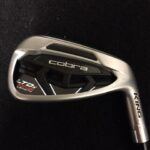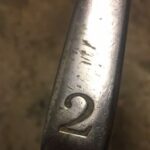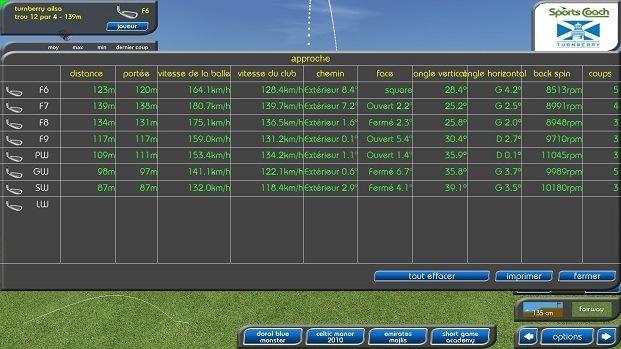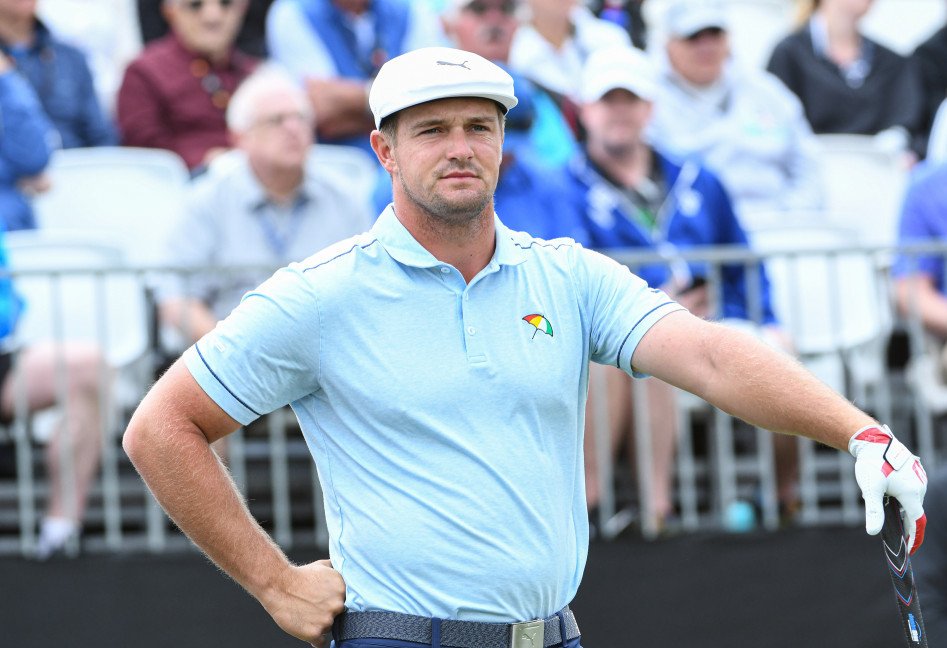I have owned and played several single length irons over the years, from my first set of Pinhawks through the Wishon Sterling irons and the Cobra one set. I have enjoyed them all and have written extensively about my personal experiences with them as well as the pros and cons of each. One thing that I do think gets overlooked sometimes is shaft and which shaft for single length irons actually works best.
Different Shafts for Different Golfers
Of course, there isn’t a one size fits all answer to this. If you are Rory McIlroy, you are going to be looking for the same thing as a retired lady high handicapper. There is also the obvious difference in terms of shaft length depending on build/height. I have written quite a bit already about height in relation to shaft and why single length is actually quite a good idea if you are a taller (or indeed shorter) golfer.
In this article I would like to talk more about the shaft options for the golfer that fits in somewhere on a more standard spectrum. Not the guy who is swinging his driver at 120 miles an hour, but anyone who fits in from say a strong stiff swing down to a slower swing golfer. What is the right choice for the average golfer, the sort of golfer who covers 99% of people who are thinking of giving single length a go?
For information, I have tried a few different shafts in my single length sets, all in steel, but varying from light to heavy and regular to stiff. I have a good idea of what works well for me and what might work for most people too.
Same Specs for all Irons?
It is ironic that shaft choice is actually a thing at all for one length sets. After all, isn’t it the point that everything is the same? If all the clubs are essentially say a seven iron with different lofts, just put a seven iron shaft in all of them and move on.
This is actually good advice, but the same thing applies here as in any iron set. The shafts might be all the same, but you still need to get one that works! This could simply come back to fitting. In fact, it is as important in single length as in standard sets to pick the right shaft.
If you look at the off-the-rack offerings from Cobra for example, the standard choice now tends to be a lighter weight steel and you could probably do a lot worse that simply picking this. There is one subtlety to single length shafts that makes them a little bit different to standard length though and that is of course the effect that shaft length itself has on ball flight.
While I do think there is quite a bit of exaggeration in terms of what people say about this, there is also some truth. You will read a lot that 9/wedge go “too high” and 5/4 struggle to get airborne. I have found that the ‘shorter’ irons certainly go high but I don’t think people understand what too high is. Most golfers would be amazed to see just how high pros hit their wedges with full shots and I doubt sincerely that many amateurs are getting anywhere near that high!
Do we Need Long Irons At All?
I feel like the low ball flight on something like a single length four iron is valid. I have a decent swing speed and in one of my sets, the Pinhawk irons, I had a 20 degree four iron. It was actually 37.5 inches, so slightly longer than most single length sets, but it never really got that high in the air and this is from someone who hits all there clubs high. It was great for chasing one down a dry fairway the Summer, but that was about it for me.
This is, in my opinion, where shaft choice gets to be an issue. Of course, the most obvious answer to this problem is that most people shouldn’t have a four iron regardless and combining single length with hybrids or even fairways is the smarter choice. However, it does affect shaft choice in a single length set. What works in a seven iron and down might not get the idea launch conditions for a five or even six iron.
There are two solutions that are worth looking at. The first and this is the one that Cobra use, is to fit single length with flighted iron sets. This can actually be a couple of different things. It can mean making the same shaft slightly softer in the ‘longer’ irons. You might notice that the shaft labels will be a t different heights when you line the clubs up and this is what is going on here. The shafts have essentially been soft-stepped to help the 4/5/6 get up in the air and also to keep the 9/wedge from ballooning.
The Problem with Flighted Iron Shafts
Personally, I am not a huge fan of this. I believe it does work, but I actually want everything the same in my single length set. Having the flex being slightly different might not be a huge thing, but I would rather not. Cobra also varies off-set, partly to get the ball up in the air, and lie angle to account for toe drop, or how the toe kicks down when we swing. Once again, to me, this seems like more variable than I want.
Another option is one that I haven’t tried and that is what Edel does/did. It is similar to the Cobra shaft changes, but they have a variety of shafts they use with different weights and profiles and these can be combined depending on the individual golfer.
The shafts they use are from Paderson and while I haven’t tried either the Edel heads or the Paderson shafts, I think that these are both extremely high quality components. Allied to the fact the getting a set of Edel single length irons usually means going through a one on one fitting, I would guess that the result is probably very good.
Of course, this comes at a cost. If budget isn’t an issue, I would be tempted to go through this sort of fitting process. It could also be achieved by going to a clubfitter/clubbuilder and getting fit for the Wishon EQ1-nx irons.
Personally, I think there is actually a simpler solution that works and probably makes the most sense, especially if you aren’t sure about single length and are looking to try the concept out. This would give you the best shot at finding something that will give you reasonable results from single length without spending a fortune.
Play Lighter Iron Shafts
The idea here is simply to go lighter than you normally would. This sounds basic, but I believe it makes sense on a number of levels. Firstly, most golfers tend to play shafts that are too heavy, even today. This is a hangover from when the standard average golfer shaft was the True Temper R300 at close to 130 grams. Nowadays, there are so many shafts, both steel and graphite, that can be as stiff or as flexible as you want and come it at 110, 100, 90 or even less. In fact, you can happily find 70g steel iron shafts and graphite shafts that are 20g lighter than that.
I am not suggesting extremely light if you are used to heavy but dropping 20g is perhaps a good idea. the reason why I like this in single length is that it will make that five iron feel easier to get up in the air without making the pitch feel like a moon ball. If you have ever played single length, you will quickly realise that the ‘one swing’ thing isn’t completely true. You can see it in my video from years ago but you will swing a single length five iron faster than a single length pitching wedge. The easier swing will stop the lighter shaft being overpowered but the faster swing will also get the lighter shaft to fire the ‘long” iron up into the air.
If you go to somewhere like Value Golf, you can try this out for not much money. Getting a set of pinhawks built with something like an FST shaft will give a quality build on a budget. Personally, I went to an FST 115g shaft from a 130 in my first set of single length and it worked great. If you are already around the 110/115 ark, try a 90g shaft. For my next set of single length, I will probably be putting a graphite shaft in now that I have seen just how stable modern graphite shafts really are. If you decide to go all in after this, going through a fitting for Wishon or Edel should really help to dial in the perfect shaft choice.






